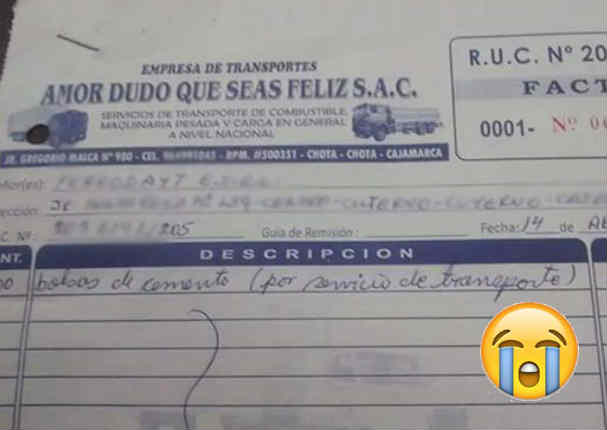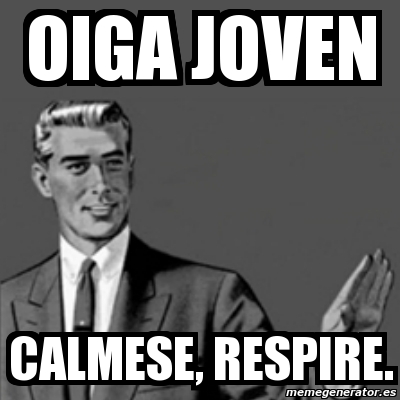
The Final Exam is a two-hour exam. The format is essentially the same as the previous midterms but, of course, longer and comprehensive. Although there may be some emphasis on the last two chapters, the exam is all-inclusive up to Lección 5.
We recommend that students use their midterm I and II, and their prácticas de traducción I, II & III for their review.
The final exam is divided in 3 parts:
Parte I: Gramática
Parte II: Párrafo
Parte III: Traducción
As usual, students can expect to be able to:
PARTE I:
Fill in the blanks in situations where they have to…
A) Conjugate verbs in specified contexts using the forms studied up to now:
El presente de subjuntivo
El imperativo: UD. y UDS.
¿El pretérito vs. imperfecto?
Verbos que cambian de significado en el pretérito: Saber, Poder, Querer, Conocer
¿Ser vs. Estar?
Las comparaciones en todas sus categorías:
-Comparativos de igualdad
-Comparativos de desigualdad
-“More / less than”+ número
– Las irregulares: Mejor, peor, mayor, menor
El superlativo
Los adjetivos posesivos
Los pronombres posesivos
Los complementos directos e indirectos
Expressions of time using hace: Hace + xxx + que + el presente indicativo
Verbos que requieren una construcción especial: gustar, encantar, doler, faltar, quedar
PARTE II:
Write ONE (1) paragraph or dialogue based on situation-like topics or questions. The topics will require a production of 175 – 200 words. Overly simplistic paragraphs (or not going above and beyond the basic questions and answering all of them) will NOT receive top marks.
Two options will be given and this writing assignment will require using chapter 5 vocabulary.
PARTE III:
Translate into Spanish. It is text-specific and comprises of translation into Spanish of short situations, sentences or paragraphs similar to those we practice in class with our final review: Práctica de Traducción III. This section is all-inclusive in terms of vocabulary and structures.





